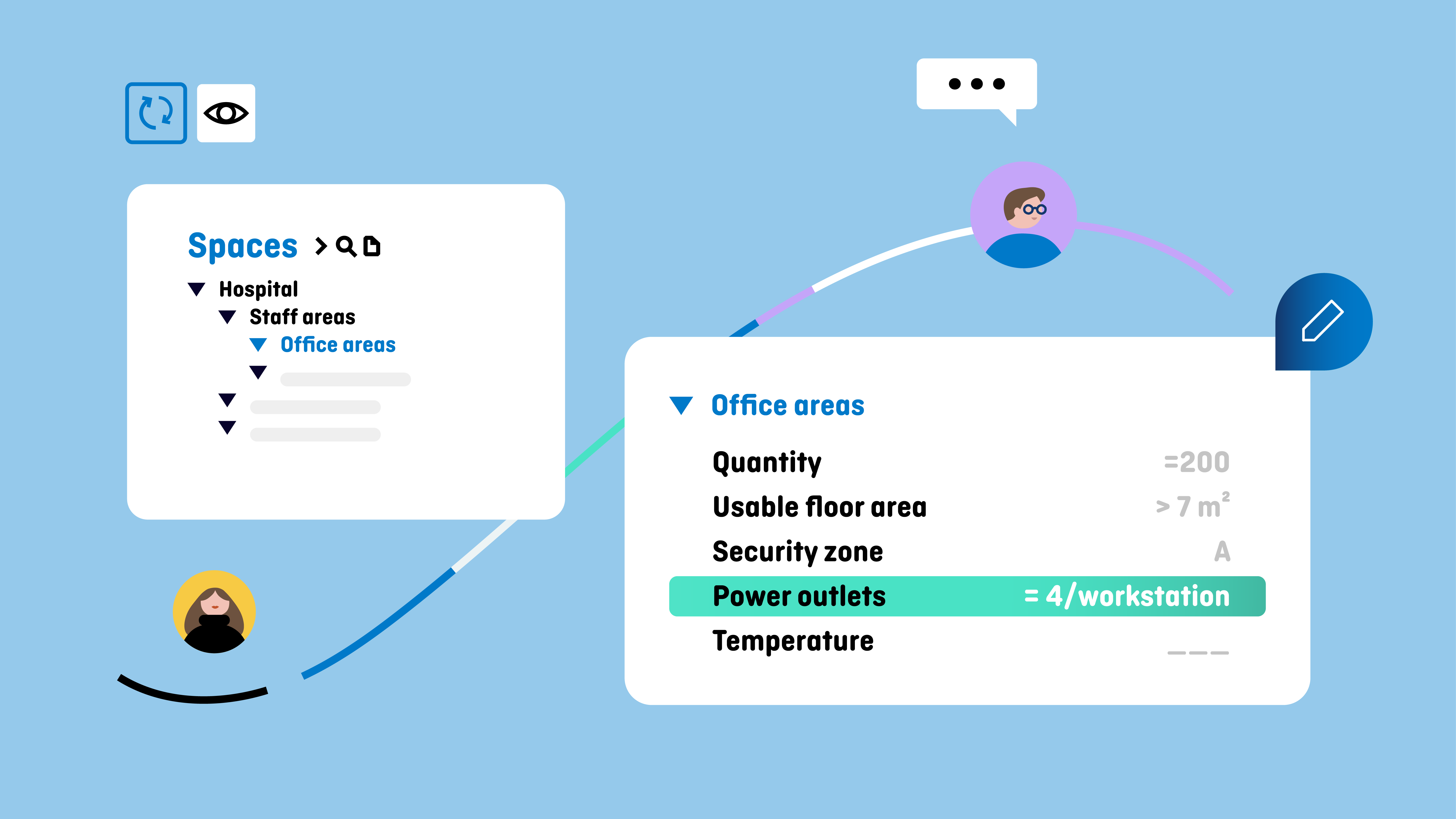
A project brief is essentially a means of communication. Its key purpose is to communicate the client’s needs and ambitions to the parties who will design, engineer and build the facility. As such, the client should give careful consideration to how requirements are worded and presented. Here are some basic criteria.
As a construction client, you want to be sure that your delivery team understands what you want from the project. This means that you have to put effort into how your formulate and present your requirements. That sounds obvious enough, but in practice many project briefs feature vaguely worded ambitions and unintelligible technical texts. The risk is that such briefs do not get your message across to the design and delivery team.
To mitigate this risk, it is recommended to follow the so-called seven C’s of good communication. A powerful brief should be:
CLEAR – The brief should provide a crystal-clear understanding of what the client wants from the project. There should be no need for second-guessing (What do they mean by a ‘good indoor climate’ or ‘plenty of power sockets’?) or reading between the lines.
CONSISTENT – Requirements should not be in conflict with one another and there should be consistency in the use of terminology and units of measurement (e.g. not using ‘usable floor area’ on for one space and ‘net floor area’ for another).
CONCISE – The design team should not be overloaded with information. Focus on the actual requirements. There is no need to include all the background data (e.g. all the occupancy measurements, interview reports, etc.).
COMPLETE – The set of requirements should provide all the information on all relevant topics that design teams need to avoid any surprises later in the process. Frequent use of “to be further examined in the next phase” indicate an incomplete briefing process.
CONCRETE – Requirements should be concrete and precisely worded, with no room for misinterpretation. Broad statements like “the building should be of high quality” or “maintenance should be easy” have little meaning.
CREDIBLE – The contents of the brief should be credible in the sense that they should match the project’s budget and timeline. Moreover, the brief should have been formally approved by the project’s leadership.
COMPELLING – At its best, a design brief provides not only information and instructions, but also inspiration. Well formulated ambitions on important matters such as circularity and accessibility can help generate enthusiasm for the project and kick-start the design process.
Last but not least, it is important to note that communication is a two-way process. Requirements are typically formulated from the client’s perspective, but it is the designers and engineers who have to work with them. As a result, it is essential that the design and delivery team fully understands the requirements. To enhance this understanding, the project brief should not just be handed over—thrown over the wall, as it were—but should be discussed with the team that will work with it. Do they interpret the requirements in the same way as the client? Are there ambitions or demands that need to be clarified? Are there parts of the brief that they consider awkward or unfeasible? Is there information missing? There is no point in challenging the entire brief, but design teams typically have a wealth of experience from previous projects and approach projects with a fresh pair of eyes, from which the brief can only benefit.
Recommendations
- Reserve time in the project’s planning for dialogue about the brief with the design and delivery team.
- Explicitly ask the design and delivery team whether there are requirements that need to be clarified, added, changed or improved.
- If the design and delivery team is on board during the briefing process, make sure to involve them in the development of the brief.
- If the brief is a closed, formal contract document, the contents should be tested and discussed with experts before the document is formalized.
- Make sure to have a clear procedure for communicating changes to the brief to the design and delivery team.
